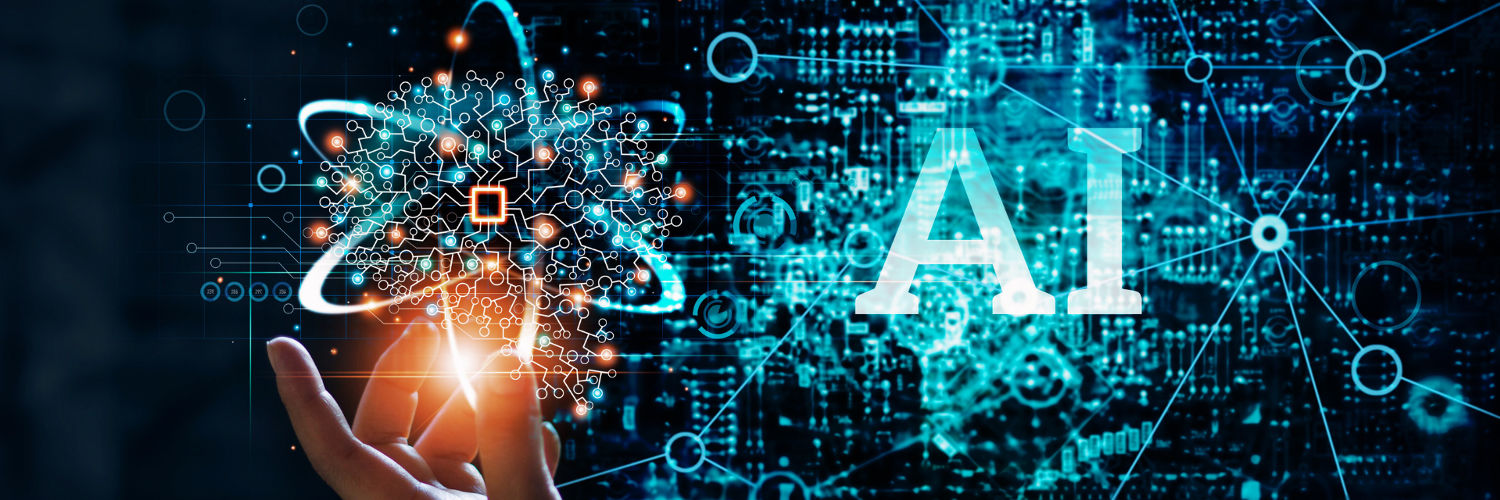Artificial intelligence (AI) has evolved from a specialized technology to a transformative force that is changing industries. Among the most intriguing discoveries are Generative AI and Democratized AI, two interconnected programs that foster creativity, innovation and accessibility. They represent a significant shift in how we design, implement and operate AI systems.
What is generative artificial intelligence (AI)?
Generative AI refers to AI models that can create fresh, unique content, such as text, images, music, code, and video. These systems, aided by technologies such as large language models (LLMs) and generative adversarial networks (GANs), have changed tasks previously reserved for human experts.
For example:
- Content creation: Tools like ChatGPT, MidJourney, and DALL·E enable users to produce high-quality articles, art, web development and designs.
- Scientific discovery: AI is assisting in drug discovery by creating molecular designs that shorten research times.
- Programming: Generative AI automates repetitious coding processes and can even create completely functional scripts from simple prompts.
Why It Matters
Generative AI lowers the barrier to creative and technical work, empowering professionals and hobbyists alike. By turning ideas into tangible outputs quickly, it fosters innovation and speeds up problem-solving.
What is Democratized AI?
Democratized AI ensures equitable access to AI technologies, allowing individuals and organizations—regardless of their size, resources, or technical expertise—to benefit from AI advancements. This movement is led by :
- Open-source models: Platforms such as Hugging Face and Stable Diffusion offer free access to advanced AI capabilities.
- Low-code/no-code platforms: Non-programmers may now construct AI using tools such as Runway ML and Microsoft Power Apps.
- Cloud AI services: Companies such as Google Cloud, AWS and Azure provide scalable AI capabilities for a variety of applications.
Why It Matters
Historically, advanced AI was limited to huge firms with extensive resources. Democratized AI levels the playing field, allowing small enterprises, educators and startups to realize its full potential. This shift promotes inclusion, innovation and economic growth.
The Synergy Between Generative AI and Democratized AI
Generative AI thrives when combined with democratization. We enable human innovation on a large scale by making cutting-edge generating technologies publicly accessible. Consider these synergies:
- Broader Innovation: When generative software are accessible, more people can experiment and innovate, leading to unexpected breakthroughs.
- Skill Bridge : Generative Artificial Intelligence (AI) techniques with democratized access enable non experts to obtain professional level results.
- Worldwide Impact : Democratization guarantees that these technologies reach poor communities and allowing for worldwide involvement in the AI powered economy.
Challenges and Considerations
While the benefits are various therefore these advancements come with challenges:
- Ethical concerns : Generative AI has the potential to provide incorrect or biased content. It is vital to ensure that resources are used ethically.
- Digital divide: Democratized AI needs strong infrastructure and disparities in access may widen inequalities.
- Intellectual property: Balancing creator rights with the outputs of generative AI is still a gray issue.
The Road Ahead
As Generative AI and Democratized AI collaborate and their combined power has the potential to alter industry, education and everyday life. By prioritizing ethical frameworks and inclusive policies, we can ensure that these technologies benefit all people, not just a chosen few.


